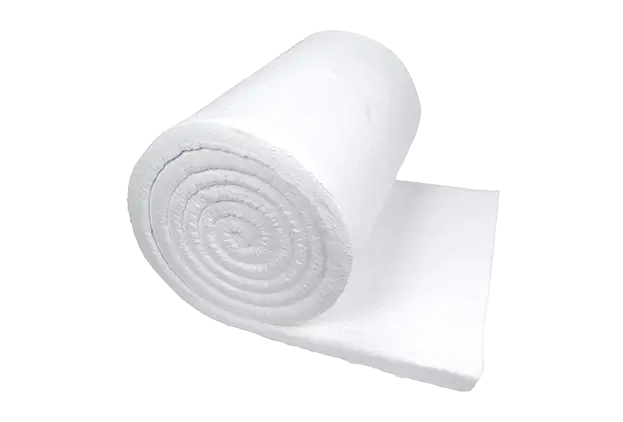In the face of rapid industrialization and technological advancements, the demand for high-temperature insulation materials has reached unprecedented levels. Industries such as petrochemical, metallurgy, and energy production require materials that can withstand extreme temperatures while offering excellent thermal insulation properties. Ceramic fiber insulation blankets have emerged as a vital solution in this environment, providing unparalleled performance where traditional materials fall short.
Ceramic fiber insulation blankets are renowned for their lightweight nature and superior thermal resistance. Unlike conventional insulation materials, they boast a fibrous structure that not only allows for better heat retention but also facilitates easier installation and customization. The ability to maintain structural integrity and performance at temperatures exceeding 1000°C positions ceramic fiber as a formidable competitor in the insulation materials market.
As industries increasingly focus on energy efficiency and sustainability, the importance of high-performance insulation materials cannot be overstated. Current market trends indicate a shift towards materials that align with eco-friendly practices while offering enhanced performance. Ceramic fiber insulation blankets not only meet these requirements but also contribute to improved energy savings, thereby appealing to a broader audience seeking sustainable manufacturing solutions.
Ceramic fiber material stands as an essential component in high-stakes environments. For example, in the steel industry, it is utilized to line furnaces and reactors, providing insulation that tolerates temperature fluctuation without compromising structural integrity. Its versatility extends across various sectors, making it crucial in applications where heat management is paramount.
Moreover, with the global push towards reducing carbon footprints, ceramic fiber insulation blankets support this initiative by enhancing energy efficiency, leading to lower fuel consumption and emissions. This dual benefit—operational efficiency and environmental responsibility—further solidifies their position in modern industrial practices.
In conclusion, the role of ceramic fiber insulation blankets in modern industrial applications cannot be overstated. As industries navigate the complexities of energy efficiency and thermal regulations, the unique properties of ceramic fibers make them indispensable. The continuous evolution of this material will likely play a significant role in shaping the future of high-temperature insulation, making it a focal point for both engineers and industry stakeholders alike.

